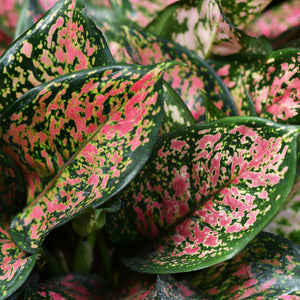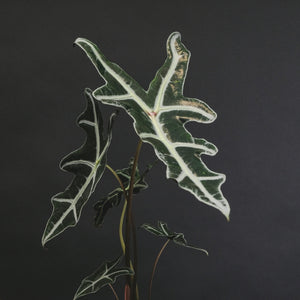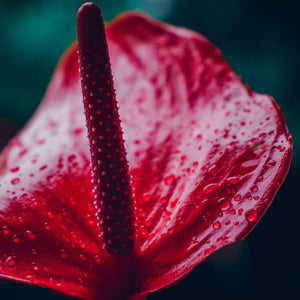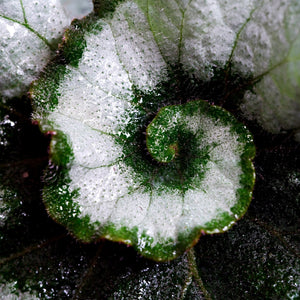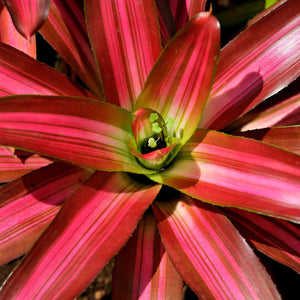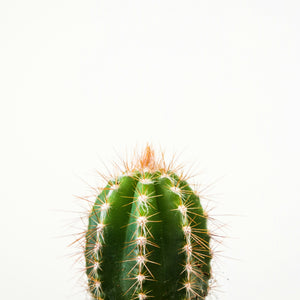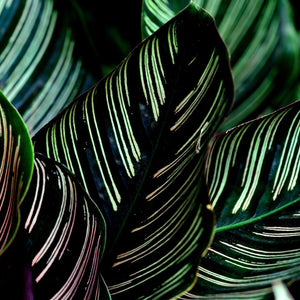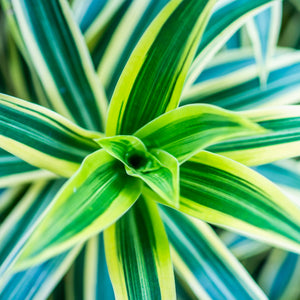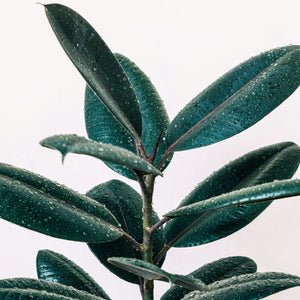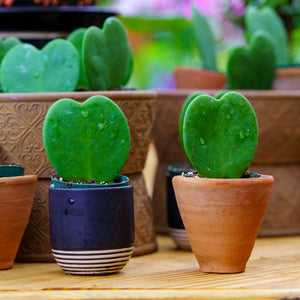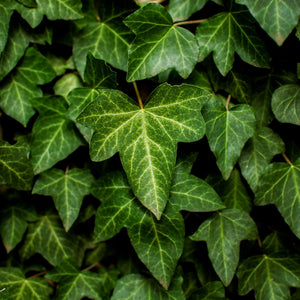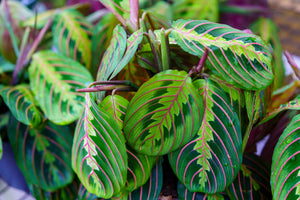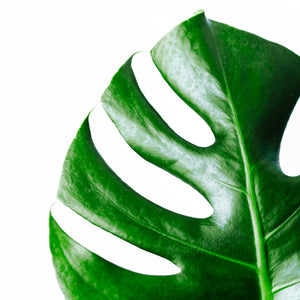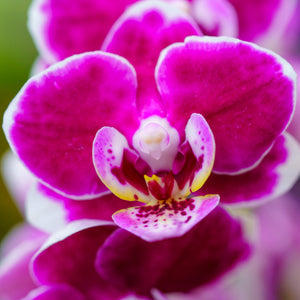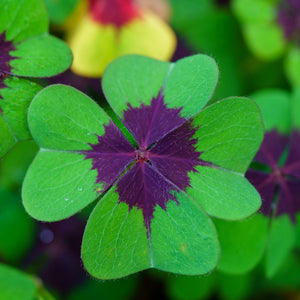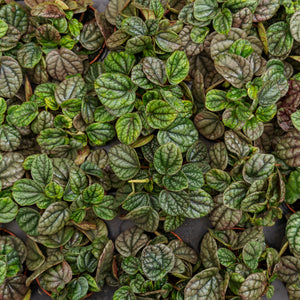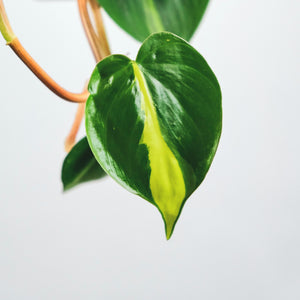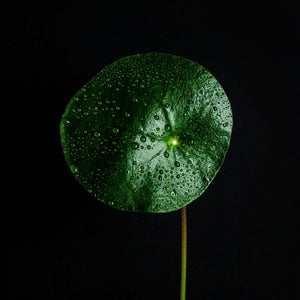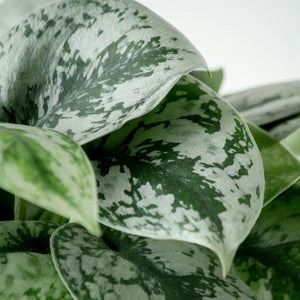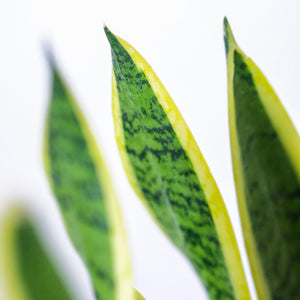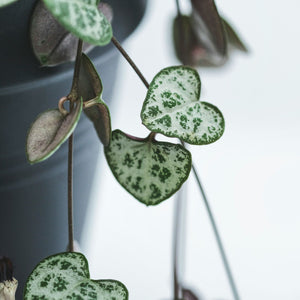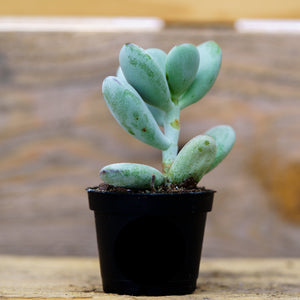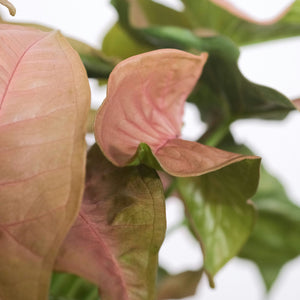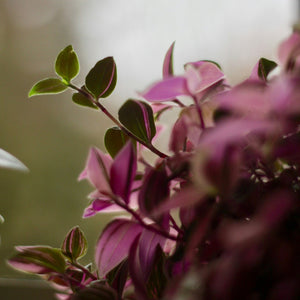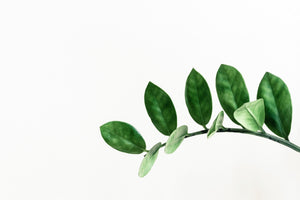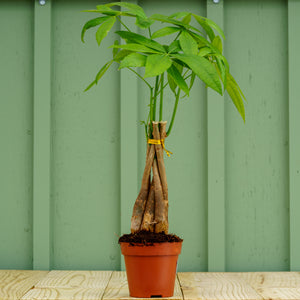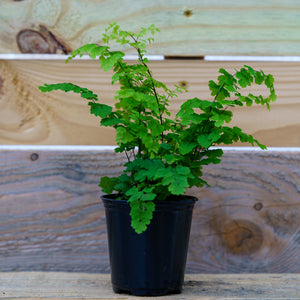The Houseplant Guide
Houseplants, also known as indoor plants, brighten spaces while improving air quality. Houseplants range from vibrant flowers like orchids and African violets to lush, leafy choices like Snake Plants and Pothos.. Whether in your home or office, houseplants bring beauty and a touch of nature to any setting.
Whatever your style or space, there's a houseplant to complement your environment. For a dramatic centerpiece, consider tall houseplants like the Fiddle Leaf Fig, known for its large, glossy leaves and upright growth. If you’re working with a smaller space, compact varieties such as succulents or Spider Plant are excellent choices.
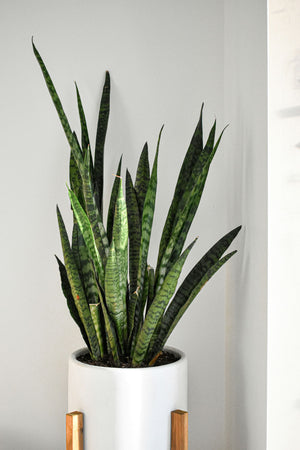
Popular Houseplant Varieties
Houseplants bring life and charm to any indoor space, with many varieties offering both beauty and low-maintenance care. Here are some favorites:
Snake Plant (Sansevieria): This hardy plant thrives in low light and is nearly impossible to kill, making it perfect for beginners or anyone looking for low maintenance houseplants.
Spider Plant (Chlorophytum comosum): Known for its air-purifying qualities and adaptability, it remains one of the most common houseplants in homes today.
Pothos (Epipremnum aureum): A fast-growing vine that can climb or trail. An excellent option for beginners and adds beauty to any room.
Fiddle Leaf Fig (Ficus lyrata): With its large, glossy leaves, this large houseplant makes a bold statement in living rooms or offices.
Peace Lily (Spathiphyllum): Featuring elegant white blooms and the ability to improve air quality, it ranks among the best air purifying houseplants.
Whether you're looking for small houseplants to place on a desktop or large houseplants to fill open spaces, you'll find plenty of houseplants online or at your local garden center.
Rare Houseplant Varieties
For the more adventurous, rare houseplants offer a unique touch to any indoor garden. These plants can be more challenging to find and care for, but their striking appearance makes them worth the effort.
- 'Thai Constellation' Monstera: A monstera deliciosa houseplant is an iconic tropical plant with unique, perforated leaves. Its bold look and adaptability to indoor environments make it highly sought after.
- 'Pink Princess' Philodendron: A rare variety with dark green leaves streaked with pink hues.
- Hoya Kerrii: Known as the Sweetheart Plant because of its heart-shaped leaves, it's a rare beauty.
- Black ZZ Plant (Zamioculcas zamiifolia): A beautiful version of the classic ZZ plant with black leaves.
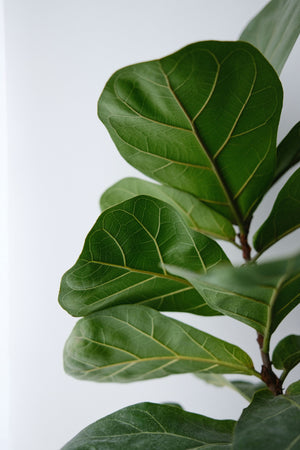
Houseplants for Different Light Conditions
Different houseplants require different amounts of light. Here’s a breakdown of plants suited for various lighting situations:
Low-Light Plants
- Snake Plant: Tolerant of low light and a great air purifier.
- ZZ Plant: Prefers low to moderate light and requires little care.
- Lace Fern (Asparagus plumosa): Can tolerate a variety of light settings, but does best when away from direct light.
Partial Light Plants
- Spider Plant: Thrives in bright, indirect light.
- Peace Lily: Prefers low to moderate indirect light.
- Philodendron: A great option for spots with indirect light.
Full Light Plants
- Succulents: Cactus, Aloe Vera, and Jade Plant all need plenty of sunlight.
- Fiddle Leaf Fig: Prefers bright indirect light, ideally by a window.
- Bird of Paradise: Requires full light for its striking tropical look.
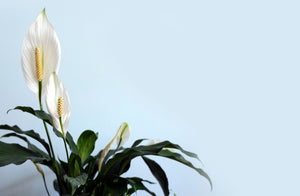
Most Beneficial Houseplants
Houseplants do more than beautify your home. They offer a range of physical and psychological benefits:
- Air Purification: Many houseplants are known for their ability to remove toxins from the air, such as the Snake Plant and Peace Lily.
- Mood Improvement: Studies show that indoor plants can boost mood, reduce stress, and improve overall well-being.
- Increased Humidity: Plants naturally release moisture into the air through transpiration, which can help with dry skin and respiratory issues.
- Enhanced Productivity: Having plants in your workspace can improve focus and productivity.
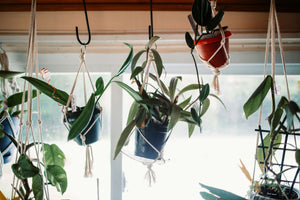
How to Use Houseplants in Your Home
Houseplants are versatile and can be used in various ways to enhance your home decor:
- Accent Pieces: Use houseplants as focal points in rooms, such as a large Fiddle Leaf Fig in the corner or a cascading Pothos on a shelf.
- Hanging Planters: Use hanging pots or baskets to add greenery to your walls without occupying floor space.
- Terrariums: Create a miniature indoor garden with a glass terrarium. These are perfect for plants like air plants and small succulents.
To bring more color into your home, try colorful houseplants like Coleus or Bromeliads, which brighten any room. You can even find blooming houseplants like Anthuriums to add pops of color.
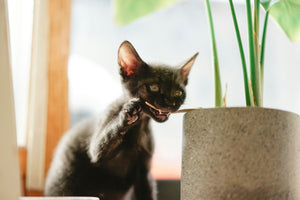
Pet-Friendly Houseplants
Some houseplants are toxic to pets, so it’s crucial to select varieties that are safe for them. Here are a few pet-friendly houseplants to consider for your pets:
- Spider Plant: A non-toxic plant that’s safe for pets.
- Areca Palm: A great non-toxic option for both cats and dogs.
- Boston Fern: A lush and pet-safe addition to your home.
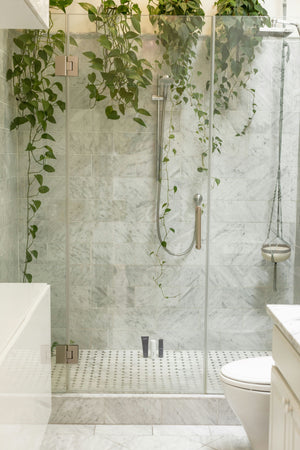
Houseplants by Room
Certain houseplants thrive better in specific rooms because of light conditions, temperature, and humidity. Here’s a quick guide for selecting houseplants by room:
- Living Room: Dracaena (Dracaena fragrans) and Parlor Palm (Chamaedorea elegans) are excellent choices for bright spaces. Houseplant trees like Norfolk Island Pine work great in rooms with high ceilings.
- Bedroom: For better sleep and air quality, try Aloe Vera, English Ivy, and Peace Lily.
- Kitchen: Herbs like Basil, Mint, and Thyme do well in the kitchen.
- Office: Chinese Evergreen (Aglaonema) and Rubber Plant (Ficus elastica) are excellent choices for low-light or desk areas.
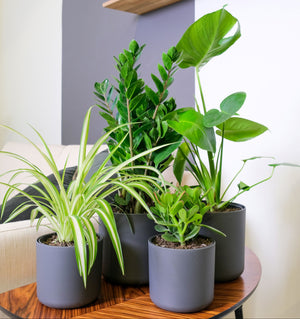
Easiest Houseplants to Keep Alive
If you’re a beginner or tend to forget watering, these houseplants are incredibly forgiving and easy to maintain:
- Spider Plant: Thrives in indirect light and can withstand occasional neglect.
- ZZ Plant: Very low-maintenance and doesn’t require frequent watering.
- Pothos: Grows easily and adapts to many environments.
These easy houseplants are perfect for anyone who wants to add greenery to their space without much effort.
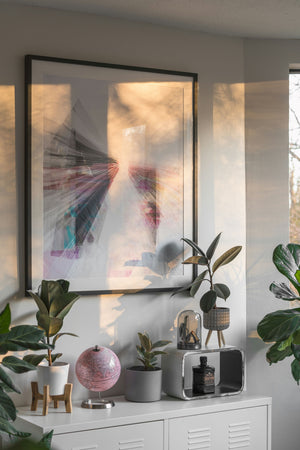
How to Care for Houseplants
Proper care is key to making sure your houseplants thrive and flourish. Here are the main factors to consider when caring for your plants:
Watering
Most plants require need consistent but moderate watering. Overwatering can lead to root rot, while underwatering can cause wilting and stress. The key is to find a balance based on the plant's needs.
Tips for watering:
- Always check the soil moisture before watering.
- Use a well-draining pot to prevent water from collecting at the bottom.
- Avoid letting plants sit in standing water.
Make sure to use high-quality potted soil that suits the type of plant you’re caring for. For example, fern houseplant varieties thrive in moist, well-draining soil, while succulents prefer a drier mix.
Light Requirements
Light is essential for photosynthesis and healthy plant growth. Depending on the type of houseplant, it may require different light conditions:
- Low-light houseplants: These plants can thrive in areas with minimal direct sunlight. Examples include Heartleaf Philodendron (Philodendron hederaceum) and Lemon Lime Prayer Plant (Maranta leuconeura).
- Partial light houseplants: These plants do best with indirect light. Examples include Peace Lily and Spider Plant.
- Full light houseplants: Some houseplants, like Succulents and Fiddle Leaf Fig, need direct sunlight for a few hours each day.
The Monstera deliciosa, one of the best houseplants for indoor spaces, thrives in bright indirect light. Many tropical plants, including Bird of Paradise and Dracaena, also flourish in similar light conditions and humid environments.
Fertilizing Your Houseplants
Houseplants need a balanced houseplant food to promote healthy growth. Use plant food that is appropriate for your specific houseplant type. Whether you're using liquid or slow-release fertilizers, ensure that you’re not overfeeding, as this can lead to poor plant health.
Moving Houseplants Outside During Warmer Months
Houseplants grown indoors thrive when moved outside in spring and summer, where they can enjoy sunlight and humidity similar to their natural habitat. Start by keeping your plants in a shaded spot to avoid sunburn, and then slowly transition them to their preferred light. Protect your plants by shielding them from strong winds and heavy rain.
As temperatures drop in fall and winter, bring your houseplants back indoors before nighttime lows reach 50°F. Check for pests and clean the leaves before transitioning them inside to maintain a healthy indoor environment.
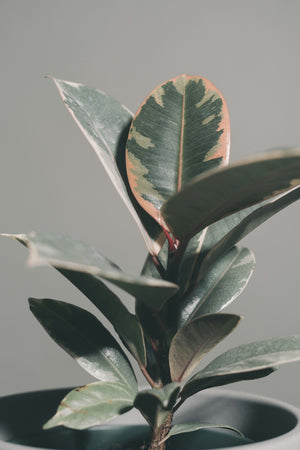
Houseplant Q&A
Q: Can houseplants improve indoor air quality?
A: Yes, many houseplants are known for their ability to purify the air by absorbing toxins and releasing oxygen. Plants like the Peace Lily and Snake Plant are especially good at improving air quality.
Q: Do I need to water houseplants every day?
A: No, most houseplants do not need daily watering. Check the soil moisture and water only when it feels dry to the touch. For big houseplants like Rubber Plants or Dragon Trees, water deeply but less often since their larger pots retain moisture longer than smaller ones.
Q: Can I place houseplants in my bathroom?
A: Absolutely! Many houseplants, such as Ferns and Peace Lilies, thrive in the humidity of a bathroom.
Q: How do I get rid of gnats in houseplants?
A: To eliminate gnats, let the soil dry out between waterings and remove any decaying plant matter. You can also use yellow sticky traps to catch adult gnats. For a natural solution, you can apply a layer of diatomaceous earth to the soil or use a mixture of water and neem oil.
Q: How do I get rid of aphids on houseplants?
A: Rinse the plant with a strong stream of water to remove aphids. You can also treat the plant with insecticidal soap or a homemade solution of water and dish soap. Neem oil is another effective option.
Q: Where can I buy indoor houseplants?
A: You can buy houseplants at garden centers, home improvement stores, and online retailers. Be sure to buy from reputable sources to ensure healthy plants. You can also check out local nurseries for a more curated selection.
Q: What causes leaf spot disease on houseplants?
A: Fungi or bacteria typically cause leaf spot disease. It's often the result of overwatering, poor air circulation, or wet foliage that doesn't dry quickly enough. Avoid overhead watering, ensure good airflow, and remove affected leaves.
Q: Are there houseplants that don’t like to be outdoors?
A: Yes, some houseplants do better indoors because they are sensitive to temperature changes, direct sunlight, or outdoor pests. Tropical plants like Peace Lily and Monstera thrive in controlled indoor environments and often struggle in outdoor conditions.
Q: How do I clean houseplant leaves?
A: To clean your houseplant leaves, gently wipe them with a damp cloth or sponge to remove dust and debris. For larger plants, you can use a soft brush to clean the leaves. Occasionally, you can give the plant a gentle shower by spraying it with water to clean the leaves and help maintain healthy foliage.
Q: What are cat-friendly houseplants?
A: Cat-friendly houseplants are non-toxic plants that are safe to keep in homes with cats. These plants won’t harm your pets if they chew on the leaves or stems. Spider Plant, Areca Plam, Boston Fern and Prayer Plant (Calathea) are all great options.
Q: Why should I consider adding unusual houseplants to my collection?
A: Unusual houseplants add personality and intrigue to your home. They can serve as conversation starters, enhance your decor, and challenge your gardening skills if you’re ready to try something new.
Q: What is the best soil for houseplants?
A: The best soil depends on the type of houseplant. Using the right soil with a good houseplant fertilizer helps your plants grow their best. Here are some common recommendations:
- General Houseplants: Choose a well-draining potting mix that combines organic matter with perlite or vermiculite to improve airflow. Supplement with a balanced houseplant fertilizer during the growing season to maintain healthy foliage and roots.
- Succulents and Cacti: Opt for a sandy, fast-draining soil mix to prevent water retention. Use a low-nitrogen houseplant fertilizer specifically designed for succulents.
- Ferns and Tropical Houseplants: Use a rich, moisture-retaining mix with good drainage, like one made with peat moss or coco coir. Enhance their growth by applying a mild, slow-release houseplant fertilizer periodically.
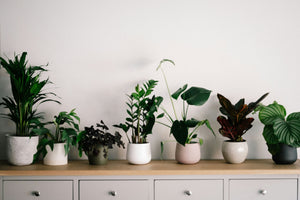
Conclusion
Houseplants are more than just decorations—they bring life, beauty, and numerous benefits to your space. Whether you're new to houseplants or an experienced collector of rare varieties, there's a plant that fits your style and needs. With proper care—like picking the right soil and knowing how much light and water your plants need—your indoor garden can thrive all year. Explore the endless possibilities houseplants offer and create a home filled with greenery, freshness, and charm.

